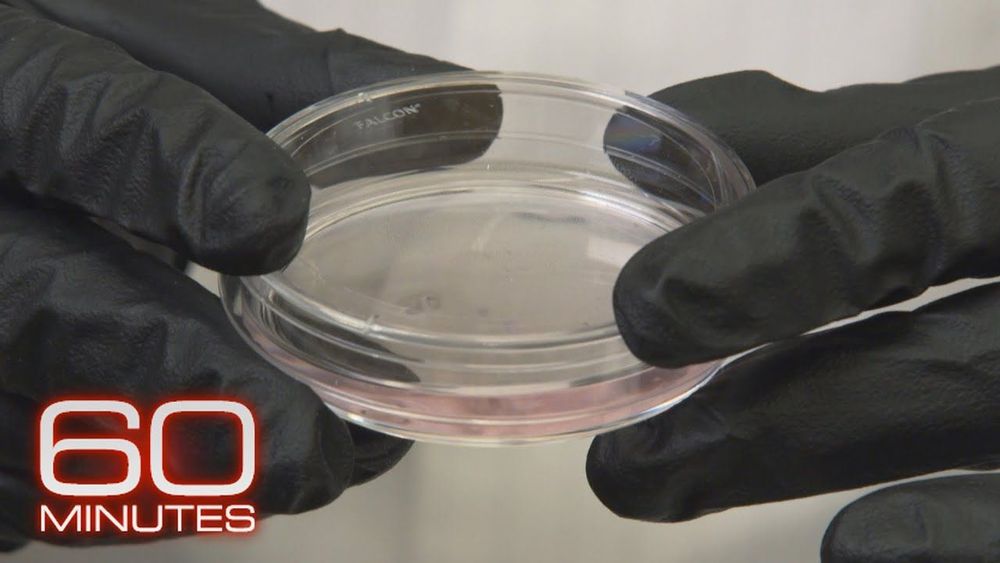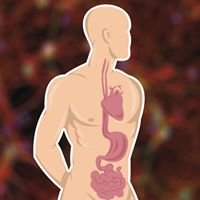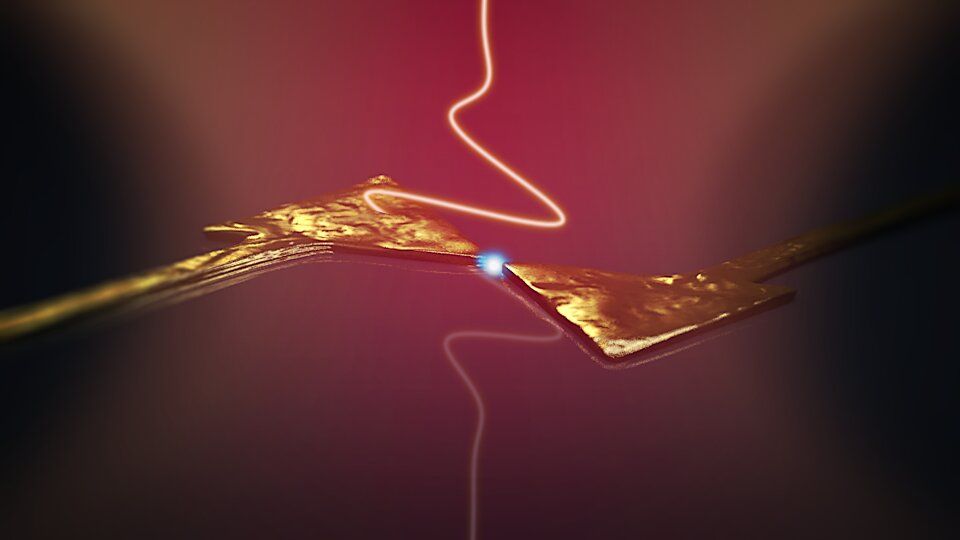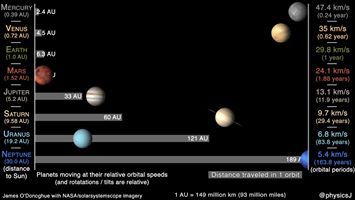Dec 25, 2019
The complicated ethics of genetic engineering
Posted by John Davies in categories: bioengineering, ethics, genetics
With new technology to edit genes, scientists are now working on things that once seemed impossible. But what are the boundaries? See the full 60 Minutes interview with Church, here: https://cbsn.ws/34ZhuTs
Watch Full Episodes of “60 Minutes” HERE: http://cbsn.ws/1Qkjo1F
Get more “60 Minutes” from “60 Minutes: Overtime” HERE: http://cbsn.ws/1KG3sdr
Relive past episodies and interviews with “60 Rewind” HERE: http://cbsn.ws/1PlZiGI
Follow “60 Minutes” on Instagram HERE: http://bit.ly/23Xv8Ry
Like “60 Minutes” on Facebook HERE: http://on.fb.me/1Xb1Dao
Follow “60 Minutes” on Twitter HERE: http://bit.ly/1KxUsqX
Follow “60 Minutes” on Google+ HERE: http://bit.ly/1KxUvmG
Continue reading “The complicated ethics of genetic engineering” »


















